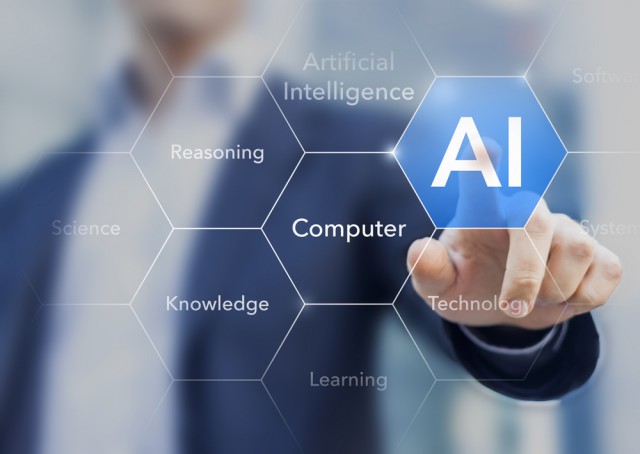Is your BI AI ready?

Digital transformation is happening at a rapid rate, and in order to stay competitive, organizations need to push the limits of their traditional BI and analytics frameworks with predictive and prescriptive capabilities to generate faster and more accurate business outcomes. Gartner predicts that by 2020, predictive and prescriptive analytics will attract 40 percent of enterprises' net new investment in business intelligence and analytics.
Traditional Business Intelligence (BI) tools and analytics frameworks are still in the descriptive stage and can only assist users with the two questions -- "what is happening?" or "what has happened?" To answer the "what will happen next?", predictive, prescriptive, and cognitive computing is necessary. These 3 types of analytics are being enhanced by AI technology to automate mundane and repetitive tasks and predict a clear path going forward. Data is being analyzed faster and more accurately with these advanced analytics frameworks, and decisions are being automated with machine learning to decrease human error and increase the organization’s bottom line profit. Machine learning can detect new patterns and opportunities that humans cannot.
Tractica predicts the market for enterprise applications of AI to surpass $30 billion by 2025, with a focus on better, faster, and more accurate ways to analyze big data for a variety of purposes. And while it’s important that organizations are looking ahead to more complex AI technologies, they need to make sure they have a strong analytics framework in place to support these advanced capabilities. The role of the BI and analytics framework is changing from being solely a decision support companion to a framework that can trigger decision automation.
Organizations looking to incorporate machine learning and AI into their existing BI and analytics frameworks should understand how diverse the analytics market is. Basic BI involves descriptive and diagnostic analytics, while predictive analytics involves data mining and machine learning. When you combine analytics and machine learning, you can deliver prescriptive analytics which are largely concerned with optimization and AI. In order for businesses to remain competitive, their BI frameworks need to evolve to be able to handle all of these types of analytics and AI features.
One of the biggest challenges for organizations seeking to drive digital innovation with AI and machine learning is limited understanding of how the technologies work and how they are implemented. 42 percent of respondents to a Tech Pro Research survey said their company lacks the skills necessary to implement and support AI and machine learning, and only 28 percent said they had firsthand experience with the technology. Organizations should start small with their AI strategies and begin by first making sure the analytics framework is solid, then evaluate different business scenarios where AI and machine learning could drive clear value. Some of the most popular uses for these types of advanced AI methods are research, consumer analysis, fraud detection and market analysis.
Embedding analytics with AI capabilities at the point of work is the fastest way to generate real time insights and is a critical business advantage. When it comes to business users, the insights to drive better business actions must be embedded where that business user works. When done properly, the combination of embedding and machine-learning capabilities can deliver in-context automation, recommendations and insights to help the business user drive tangible benefits for their company.
The entire business intelligence framework, from data ingestion through insight delivery, has to evolve to become more equipped to generate real-time insights at the point of work, provide automation for mundane daily tasks, and suggest actions for business users. Legacy BI platforms can no longer keep up as the world becomes more digital and automated. In order to remain competitive, businesses must be looking toward BI solutions with AI and machine learning capabilities. AI is the future for BI, and those that aren’t investing will lag behind the competition.
Photo Credit: NicoElNino/Shutterstock
Bill Creekbaum is VP of Product at GoodData